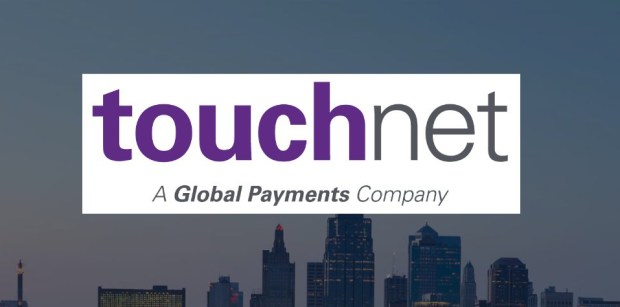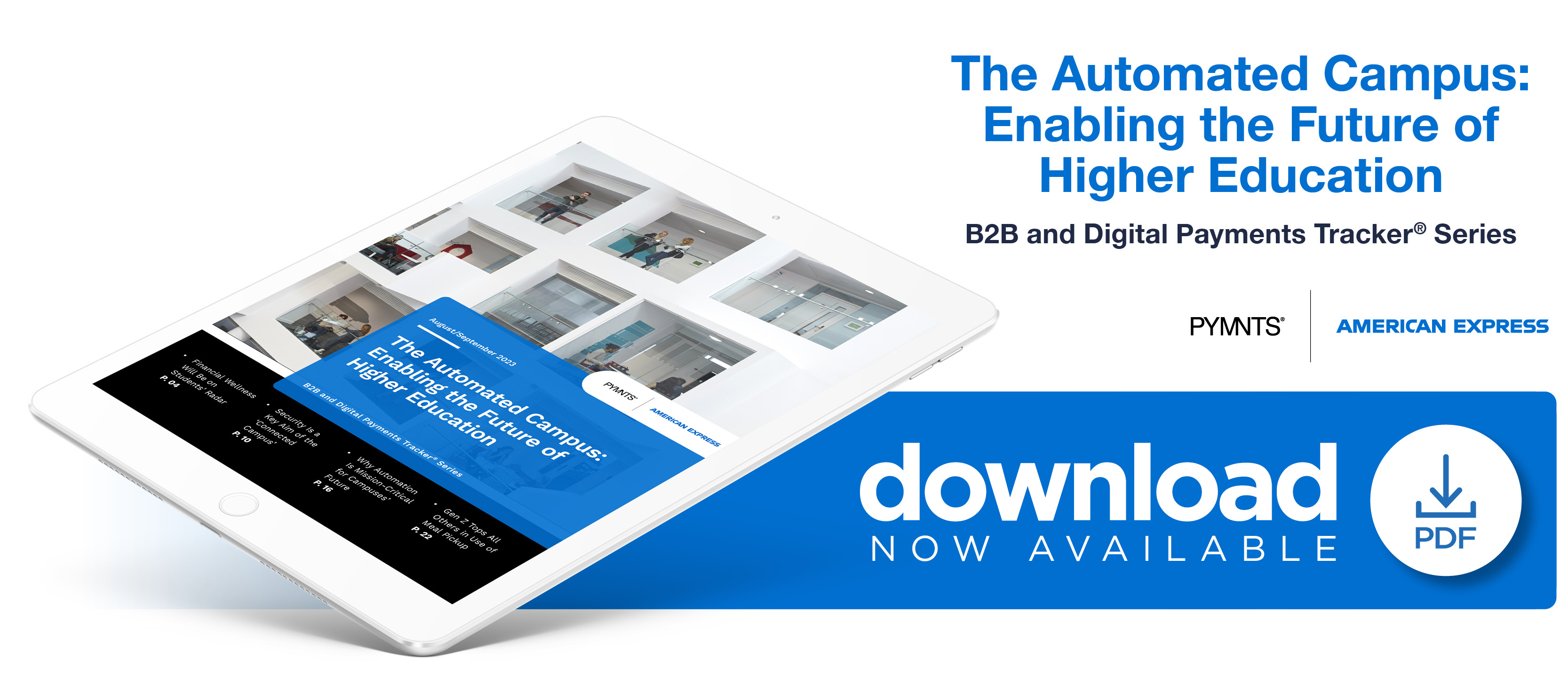How Technology Is Easing the College Cost Conundrum

Student debt is top of mind as grads resume payments, but BNPL-like tuition installment plans can reduce the need for loans. The latest “B2B and Digital Payments Tracker” examines how technology can help students manage debt and colleges manage student loan programs amid the slimmer budgets and tighter staffing of tomorrow.
 PYMNTS interviews Ryan Audus, vice president of product strategy at TouchNet, about the joint problems of spiraling educational costs and student debt — and how technology is playing a part in relieving both.
PYMNTS interviews Ryan Audus, vice president of product strategy at TouchNet, about the joint problems of spiraling educational costs and student debt — and how technology is playing a part in relieving both.
—
![]() Recent events have placed student debt front and center in many college-goers’ minds — but many do not realize this is an area where technology can help. Audus explained that the Supreme Court decision to strike down the federal student loan forgiveness program may push more students and families to explore alternative options for making payments as a way to reduce or eliminate their need for student loans. One of those options is to break up tuition payments into smaller installments.
Recent events have placed student debt front and center in many college-goers’ minds — but many do not realize this is an area where technology can help. Audus explained that the Supreme Court decision to strike down the federal student loan forgiveness program may push more students and families to explore alternative options for making payments as a way to reduce or eliminate their need for student loans. One of those options is to break up tuition payments into smaller installments.
“Many schools today offer tuition installment plans that are very similar to the buy now, pay later [BNPL] concept,” Audus told PYMNTS. “Payment plan software provides schools the flexibility to offer several installment plan options to students while giving them the convenience of setting up recurring payments — so they can ‘set it and forget it.’”
Automation technology will also determine schools’ ability to thrive under the leaner budgets and tighter labor markets of tomorrow. Cost-consciousness is at the helm for schools anticipating greater competition, lower budgets and labor shortages in the years ahead. Automation through technology can help schools tamp down spiraling costs and offer more for less. Installment payment plans, for example, not only help students avoid long-term debt but also reduce costs at the source by helping to eliminate schools’ resource-intensive manual billing processes.
“Without this kind of software, schools manually create plans and manage billing using a spreadsheet or other manual processes,” Audus said. “This has now become automated for the business office through self-service enrollment for students, automated calculations of installment amounts owed, and the ability to set up recurring payments by students.”
Another cost- and labor-saving resource he mentioned is chatbot technology for student support. Leveraging machine learning, chatbot solutions offer campuses a way to respond to student questions at any hour of the day, with access to live agents only if needed.
Debt is not the only student burden schools can ease with technology, however. Audus remarked that schools are increasingly focused on improving the campus experience — and mobile technology with virtual IDs is a principal element of this strategy. This can help institutions looking to differentiate themselves by offering greater convenience and security to their students.
“It’s no secret that today’s students maintain a close relationship with their mobile devices,” he said. “In many cases, it’s the primary way for students to access their account information, make payments and communicate with the campus. This relationship is also why virtual IDs — also known as mobile IDs — have become highly popular on those campuses where they’ve been implemented.”
Such IDs tap the phones’ near-field communication (NFC) capabilities, allowing students to use their mobile devices to access buildings and make closed-loop transactions across the campus. This ties in with another concept schools are implementing to provide better service to students, Audus said: the creation of a “one-stop shop.”
“Campuses are large organizations with multiple departments,” he explained. “Before the idea of the one-stop shop, it wasn’t uncommon for students to be passed from one department to another to help answer a question. Now, with new integrated dashboards, one-stop shops are able to successfully centralize student information into a single view, giving students a [unified source] for getting help when it’s needed.”
Third-party provider solutions can save campuses scarce resources on these initiatives. Audus observed that keeping up with security and compliance requirements, building integration between multiple systems, and understanding new and emerging technology trends all require significant resources — all of which tend to fall outside core campus functions.
“These are the main reasons schools look to third-party providers to help with these solutions,” he added.
As an example, Audus said, payment card industry (PCI) compliance is something most schools are aware of, but a significant percentage do not have the on-campus expertise to keep up with changing requirements. Partners can help bridge the gap between the campus and industry standards to ensure compliance, he said. They can also help schools track and understand new technologies and how they can be used on campus.
Mobile payments technology and other innovations are on course to play a greater role in the higher-education space. Cashless campuses will be an interesting trend to watch in the coming years, Audus noted. The move toward this scenario will involve schools embracing digital payment options and closed-loop accounts.
“I think the next few years will see a continued push into mobile technology,” he predicted. “This includes the ongoing expansion of mobile IDs on campus, as well as the implementation of mobile ordering for dining halls and stadiums, the growth of unattended shopping options, and a focus on making the overall payment experience as frictionless as possible.”
